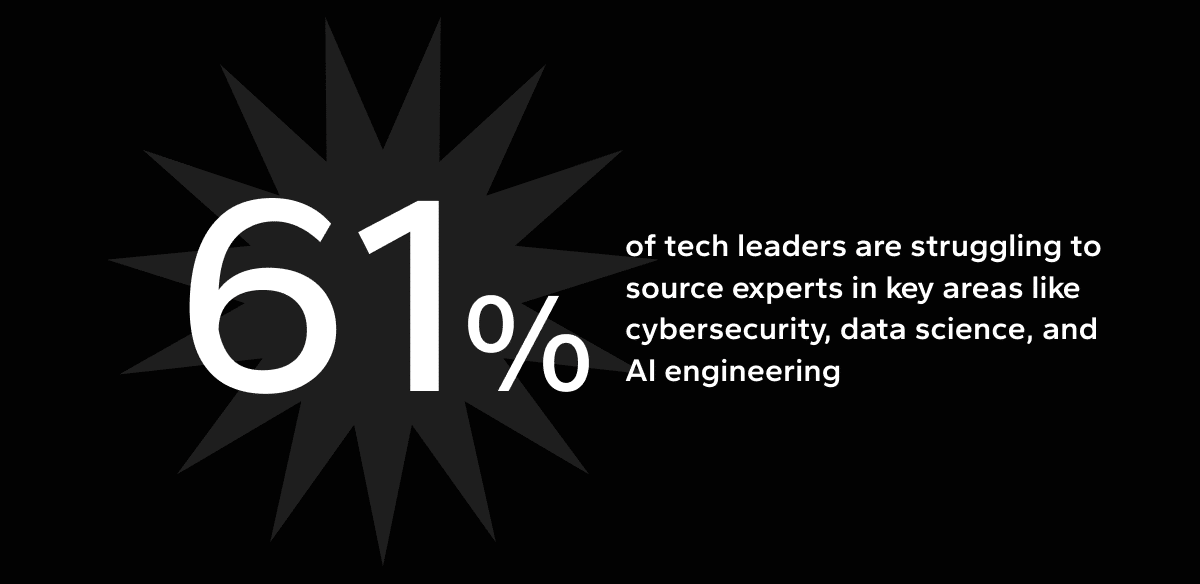Welcome to The AI Weekly Breakthrough, a roundup of the news, technologies, and companies changing the way we work and live
Even LLMs Get the Blues

Findings from a new study using the LongICLBench benchmark indicate that LLMs may “get the blues” when processing lengthy data sequences. While they handle up to 20K tokens fairly well, a slump in their ability to perform complex classification tasks becomes evident as the context grows. This significant drop in performance underscores the current limitations of LLMs in dealing with extensive information streams, posing questions for future enhancements in AI that prioritize in-depth, context-rich understanding.

The research also shines a light on the challenges facing models in maintaining accuracy and reasoning efficacy over long stretches of context, an essential factor for applications like RAG that rely on robust in-context learning.
GenAI’s Uneven Frontier of Adoption

Over 75% of organizations are not fully equipped to harness generative AI, according to a new Guidehouse and Chief Data Officer survey of 243 IT and data leaders. Shining a light on the early yet uneven embrace of this transformative technology, findings highlight a vast investment gap, with large corporations willing to allocate two to three times more of their IT budget to GenAI compared to smaller entities. Healthcare and insurance sectors are emerging as frontrunners in adopting GenAI, with 89% of healthcare and 88% of insurance organizations likely to invest in GenAI in the next 12 months. However, a common hurdle surfaces across industries; 72% of companies report that data governance and data maturity issues are impacting their initiatives. This reinforces something many of us already know: there is an urgent business need for more strategic approaches to data management to fully leverage the potential of GenAI.
Tiny but Mighty Phi3 Outperforms Llama-3-8B

Microsoft’s Phi-3 series showcases a leap in AI technology, with the smallest model capable of running on mobile devices while outclassing competitors like Llama and Mistral in performance. The Phi-3 series includes three models: the Phi-3-mini with 3.8 billion parameters, the Phi-3-small with 7 billion, and the Phi-3-medium with 14 billion parameters. The success of Phi-3 demonstrates the power of small language models (SLMs) paired with high-quality, finely curated training datasets. These smaller models offer advantages such as on-device deployment for low-latency AI experiences and improved privacy by keeping data localized.

Inspired by the way children connect words while listening to bedtime stories, the Phi-3’s breakthrough training approach was first presented in the Microsoft research article, Textbooks are All You Need, and represents a significant stride forward in AI accessibility.
Musk’s $6b AI Power Play

Elon Musk’s xAI is on track to secure $6 billion in funding, doubling its initial $3 billion ask and reaching an $18 billion valuation. The investor frenzy, led by Sequoia Capital and Future Ventures, reflects the company’s soaring ambition and the tech mogul’s commanding influence in the technology arena. xAI’s trajectory is charted toward connecting Musk’s full technology innovation empire, from Tesla to SpaceX, with xAI technology like Grok embedded in social platform X. This integration hints at an xAI future that could pose an open-source challenge to closed-source counterparts like OpenAI, Google, and Meta.
The Tech Sector’s Tectonic Shift in Hiring

A new EY survey indicates a tectonic shift in hiring as AI reshapes the technology sector, with half of leaders expecting to conduct both layoffs and new hiring in the next six months to align with the changing skill demands. But finding the right talent is a pressing issue, with 61% of tech leaders struggling to source experts in key areas like cybersecurity, data science, and AI engineering. Despite these challenges, the majority of leaders (82%) plan to increase their investments in AI, and are actively upskilling their employees to meet the coming generative AI wave.
Augment Yourself 🤖
Read Shelf’s five-part series with actionable strategies to improve answer quality in RAG pipelines:
- These Data Enrichment Strategies Will Optimize Your RAG Performance
- Shield Your RAG System from these 4 Unstructured Data Risks
- Strategic Data Filtering for Enhanced RAG System Accuracy and Compliance
- Fix RAG Content at the Source to Avoid Compromised AI Results
- Continuously Monitor Your RAG System to Neutralize Data Decay
🔥 For more AI News brought to you via email subscribe to our newsletter here.
👀 Want to know more about Shelf’s suite of AI solutions? Check out our website here.




